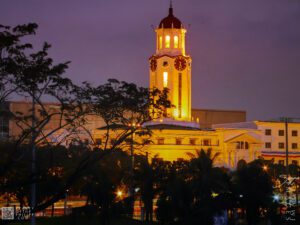
The Iconic Manila City Hall: A Must-See Landmark in the Heart of the Capital
Nestled in the historic district of Ermita, Manila City Hall is more than just the seat of the city’s government—it’s a testament to the rich
San Diego de Alcala Church, also known as Polo Church, is a historic and cultural landmark located in Brgy. Polo, Valenzuela, about 15.5 kilometers (9.6 miles) north of Manila. It serves not only as a place of worship but also as a symbol of the area’s rich history and community spirit. The church was originally completed in 1632, thanks to the efforts of Father Juan Taranco and Don Juan Monsod, the head of Polo at that time. Local residents played a key role in its construction, providing labor after Polo gained independence from Catangalan in 1623.

The church represents a blend of faith, history, and architecture, making it one of Valenzuela’s most valued landmarks. Despite the challenges faced over the years, especially during World War II, the community has remained dedicated to preserving its legacy. The importance of San Diego de Alcala Church reflects the strong spirit of its parishioners, making it a vital part of Valenzuela’s identity.
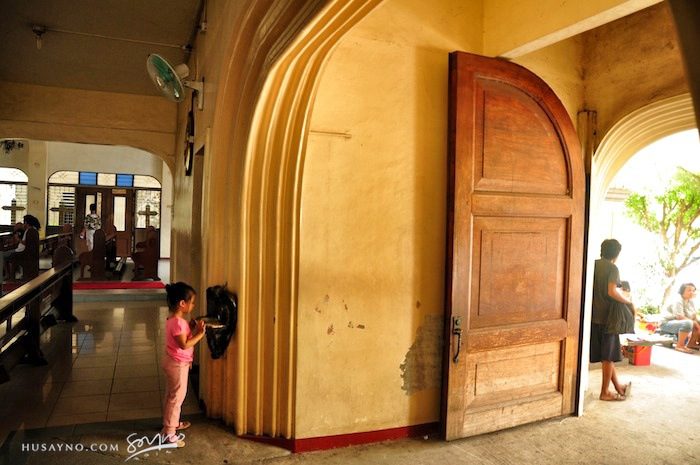
The devotion to San Diego de Alcala in Polo began when the Franciscans arrived between 1623 and 1625. Fray Francisco de Sta. Maria was key in spreading this devotion; he built a chapel in Polo, which was then part of Bulacan province, and introduced the local people to the worship of San Diego de Alcala. This devotion was quickly embraced by the community, who looked to San Diego as their patron, guiding their faith and everyday lives.
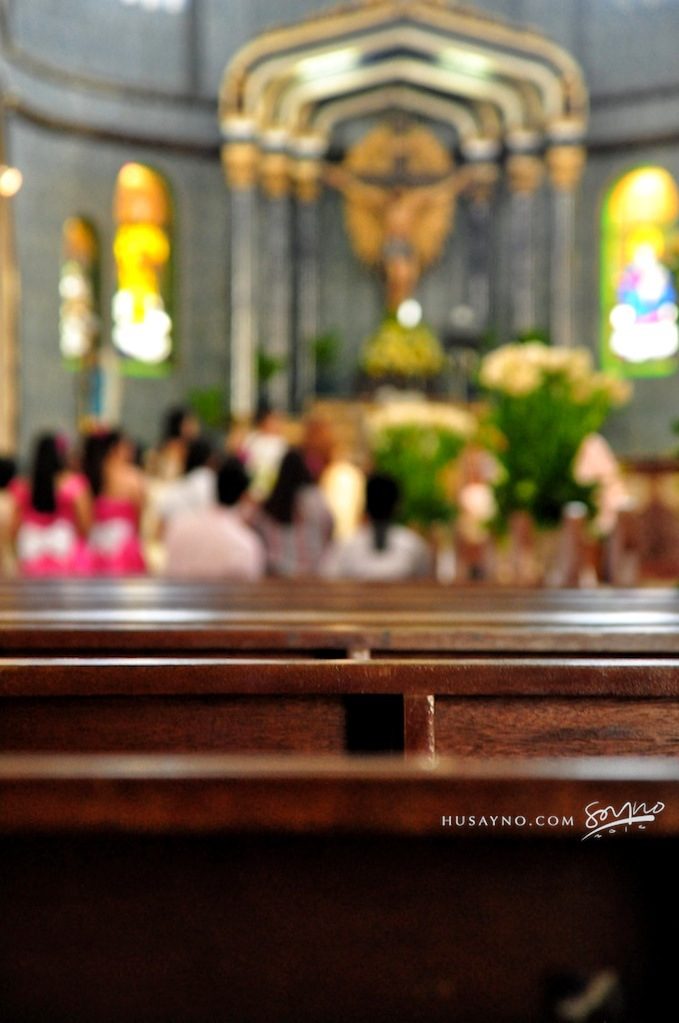
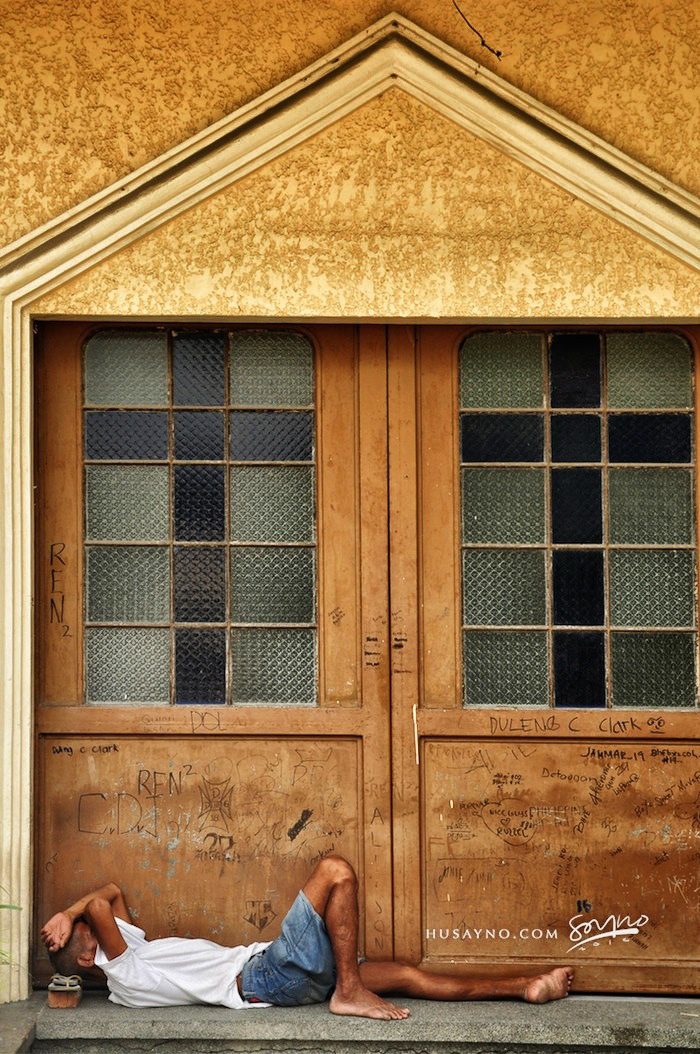
Although Fray Francisco left for Japan in 1625 and was martyred on August 17 of the same year, his influence endured. He was later honored as a blessed figure by Pope Clement IX in 1627. The people of Polo continued to keep the devotion alive for centuries, passing down their reverence for San Diego de Alcala through generations. This lasting devotion has been a unifying force for the community, strengthening their faith and connecting them to their past.
The original San Diego de Alcala Church was heavily damaged and ultimately destroyed during World War II when Japanese forces bombed it. What was once a grand structure was reduced to ruins, with only the belfry and entrance surviving the destruction. These remaining parts are powerful symbols of the church’s four-century history and represent the endurance of the community. The belfry, in particular, is a cherished relic from the Spanish colonial era, showing the architectural style of that time.
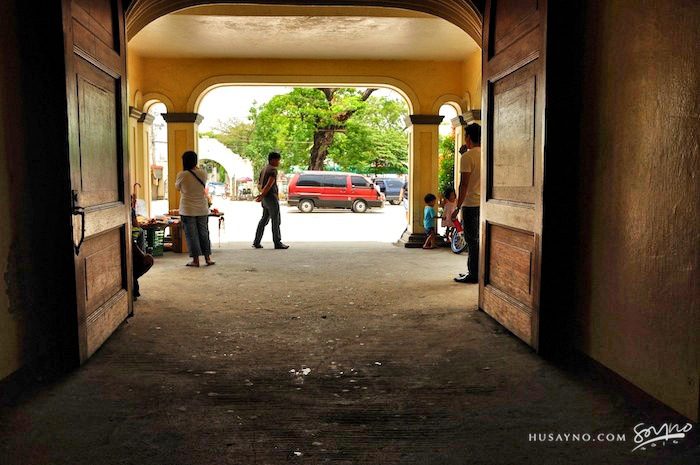
Beside the historic ruins, a new church has been built and renovated, providing a modern counterpart to the old bell tower. This mix of the old and the new serves as a reminder of the community’s dedication to preserving its past while moving forward. The newly constructed church not only serves as a place of worship but also as a space where history and the present meet, showing the community’s effort to maintain its roots as it grows.
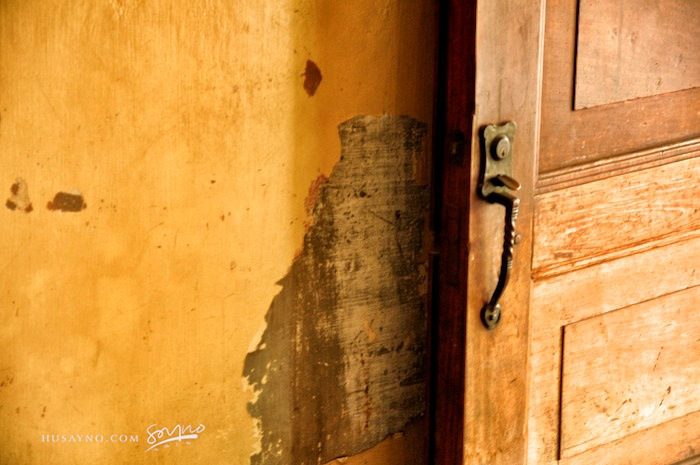
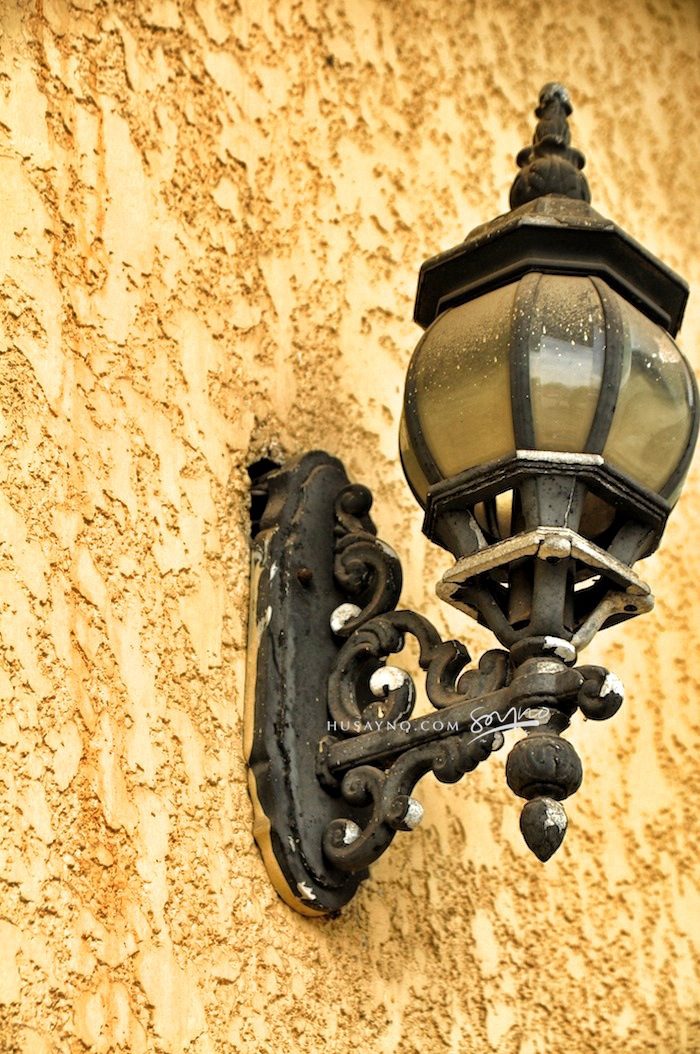
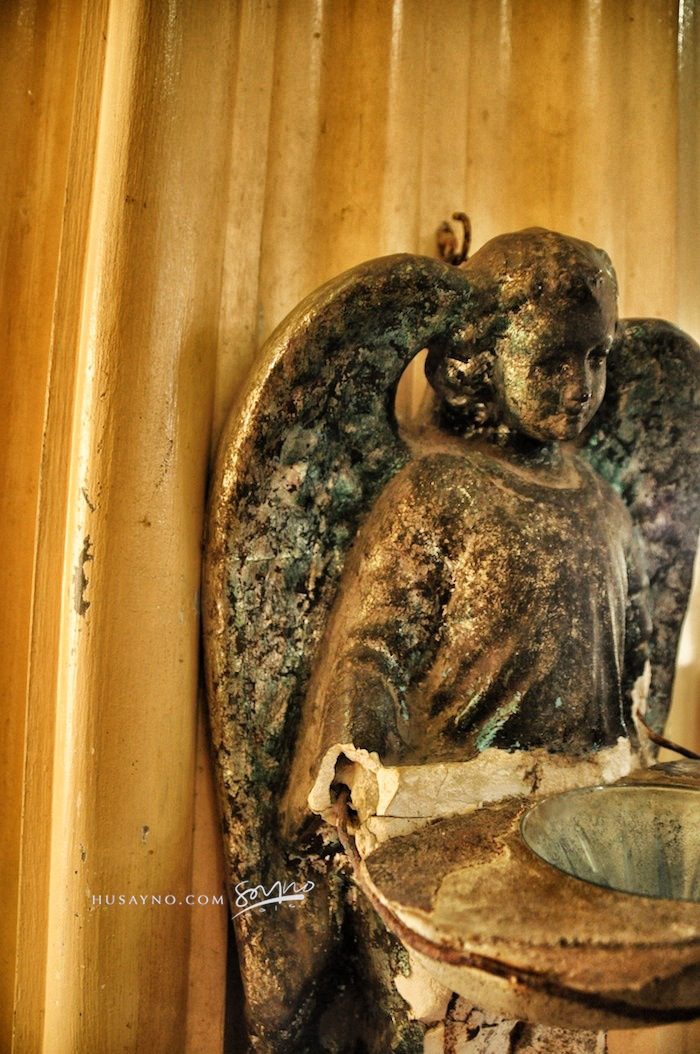
Each year on November 12, the communities of Barangays Polo and Poblacion gather to celebrate the feast day of San Diego de Alcala. This event is more than just a religious occasion; it is a lively cultural celebration that unites the community in a shared display of faith and tradition. The festivities include the “Putong Polo Festival,” which features a local version of the Philippine rice cake known as puto. This festival not only showcases the community’s food heritage but also brings people together in a joyful celebration.
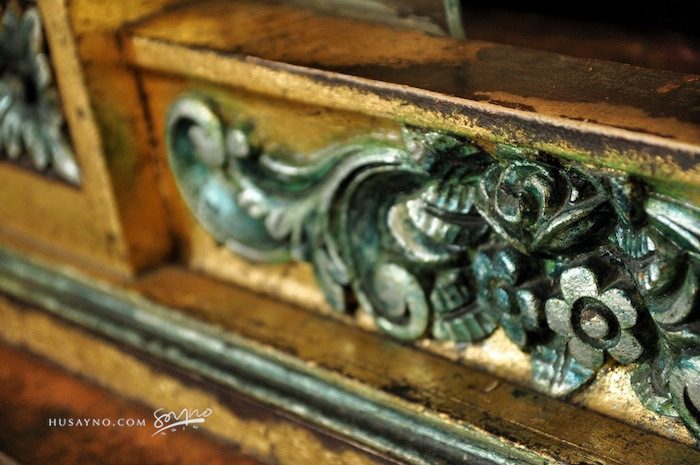
A key part of the feast day is the tradition of giving out bread, which honors a miracle attributed to San Diego de Alcala. According to tradition, San Diego once handed out bread to the poor, and it miraculously turned into roses. This act of kindness and its associated miracle are celebrated through the sharing of bread, symbolizing generosity, faith, and the miraculous. This tradition, along with the other festivities, strengthens the community’s bond and helps keep their shared heritage alive.
RELATED STORIES

Nestled in the historic district of Ermita, Manila City Hall is more than just the seat of the city’s government—it’s a testament to the rich

Nestled in the heart of Quezon City, La Mesa Ecopark stands as a serene sanctuary, offering both a retreat for nature lovers and an educational

It is the home of the popular Asian elephant, Mali, as well as 90 other species. As well as being a landmark in Manila, the
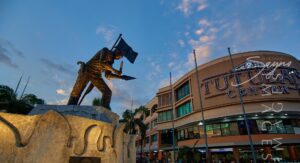
Situated in the heart of Manila, Tutuban Center is more than just a shopping destination—it’s a vibrant mix of history, commerce, and culture that draws
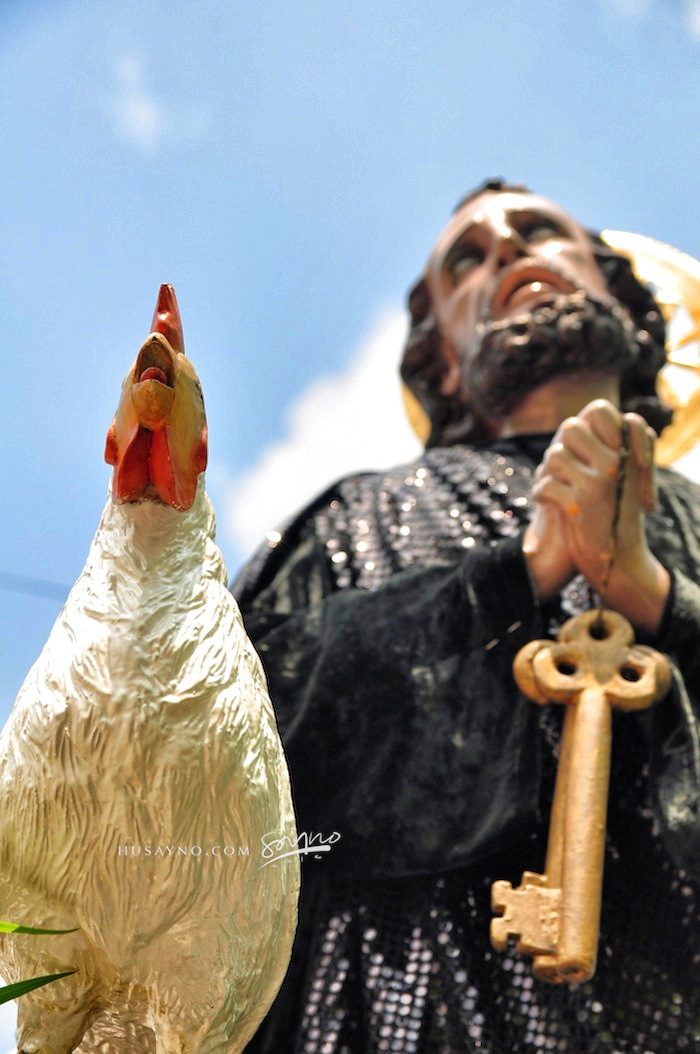
Valenzuela City is one of the most progressive cities in Metro Manila, bustling with trade and commerce. Amidst its modern development, it would be easy to forget the city’s historical roots. However, Valenzuela has made an effort to preserve its history, especially through the town of Polo, where pieces of its rich past are kept alive. This commitment to preservation shows the city’s respect for its history even as it continues to grow.
The town of Polo, with its historical sites like the San Diego de Alcala Church, serves as a reminder of Valenzuela’s vibrant past. These preserved landmarks provide a link to the city’s early years, allowing both residents and visitors to see the cultural and historical elements that have shaped Valenzuela. The city’s efforts to maintain its heritage alongside its modern growth reflect the community’s respect for its roots and a desire to pass this legacy on to future generations.
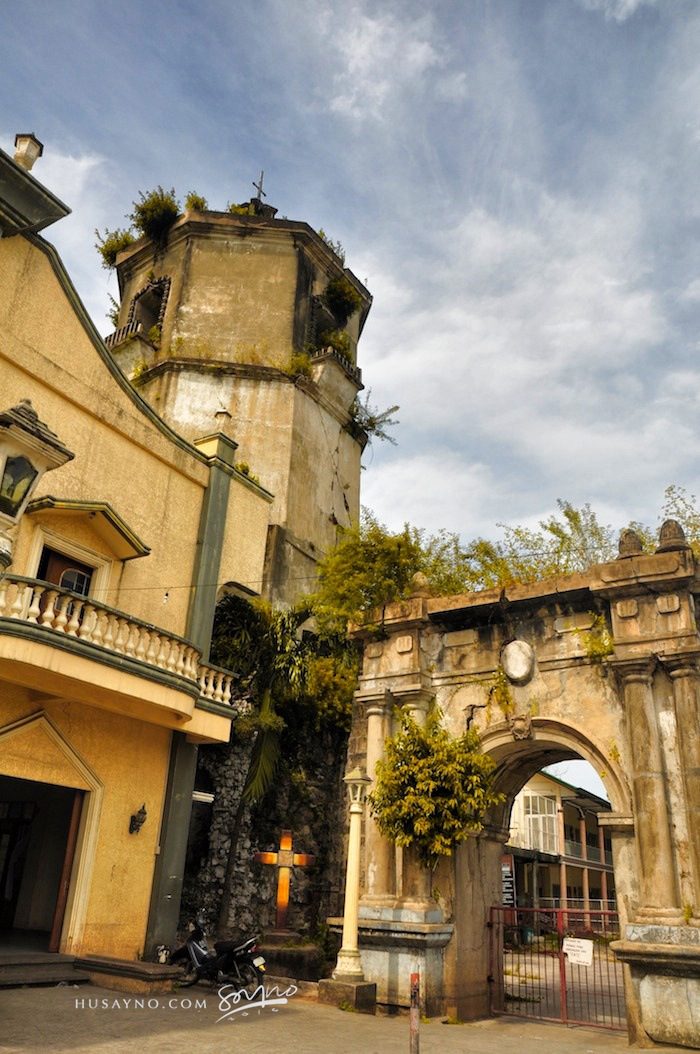
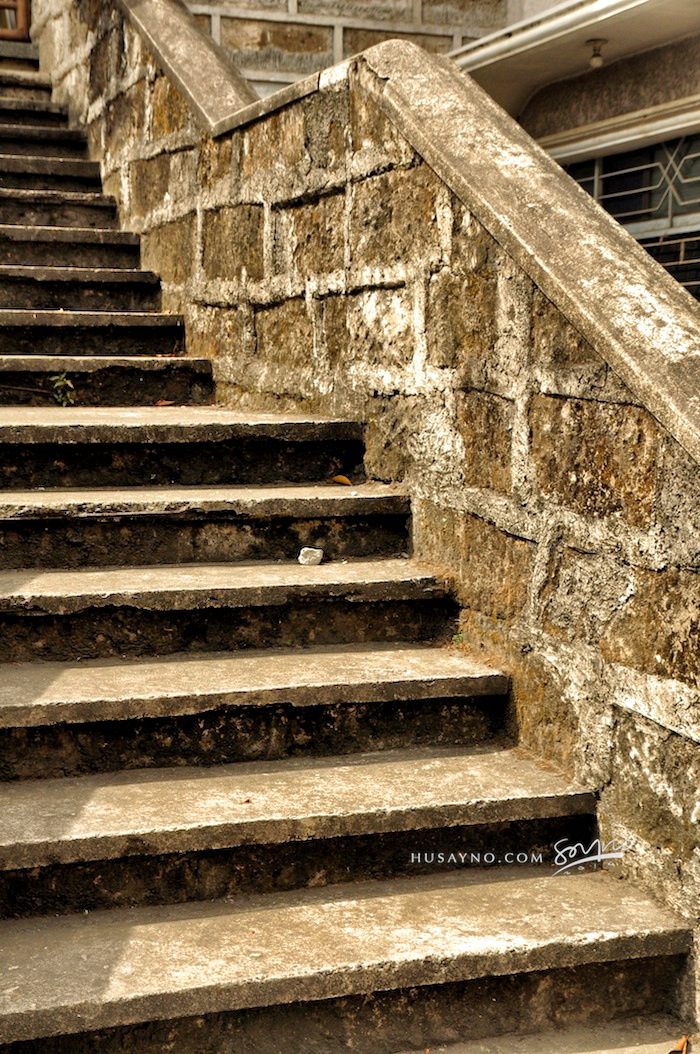
A good time to visit the historical church is during the feast day of San Diego de Alcalala on the 12th of November during which the town also celebrates a food festival honoring the so-called putong polo, a unique type of rice cake that is typical in the area.
A good time to visit the historical church is during the feast day of San Diego de Alcalala on the 12th of November during which the town also celebrates a food festival honoring the so-called putong polo, a unique type of rice cake that is typical in the area.
I’m looking forward to the stories and images leaving a lasting positive impression on you, just as they have on me. Stay connected with us on social media for a weekly exploration of travel assignments and breathtaking visuals. Our focus is on championing local tourism, showcasing small businesses, and honoring the magnificence of the Philippines through the content we curate. Join us in spreading the word by clicking the ‘share’ buttons below. Your support means the world to us.
EXPLORE MORE about
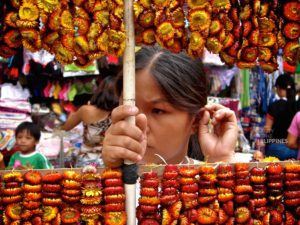
Plaza Miranda is a public square bounded by Quezon Boulevard, Hidalgo Street and Evangelista Street in Quiapo, Manila. It is the plaza which fronts the
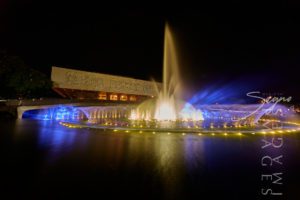
The Cultural Center of the Philippines or CCP was founded in 1966 under the directive of former President Ferdinand Marcos, in order to reinforce and
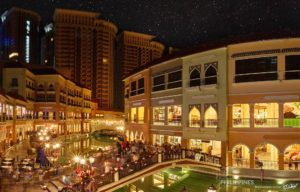
Located in the heart of the Taguig City, the Venice Grand Canal is a lifestyle mall development under the Megaworld Lifestyle Malls Located inside the
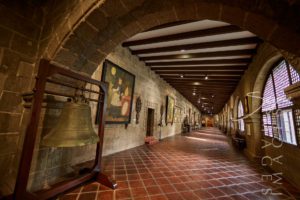
The San Agustin Museum is located adjacent to the UNESCO World Heritage Site, San Agustin Church. It is located in Intramuros—the walled city of Manila—and

Nestled in the heart of Quezon City, La Mesa Ecopark stands as a serene sanctuary, offering both a retreat for nature lovers and an educational
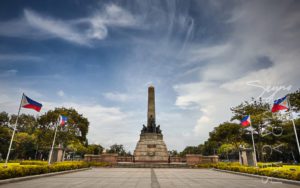
Located along Roxas Boulevard, Manila and adjacent to the century-old walled city of Intramuros, the Luneta National Park, or “Luneta” as many refer to it,
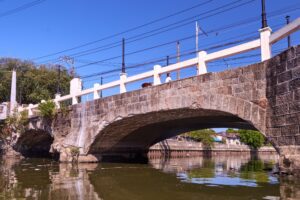
Nestled at the crossroads of Las Piñas in Metro Manila and Bacoor in Cavite, the Zapote Bridge stands as a silent yet powerful witness to
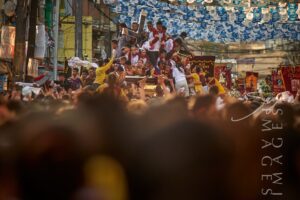
The Nazareno Festival, or the Feast of the Black Nazarene, is one of the most spectacular and deeply moving religious events in the Philippines. Held

It is the home of the popular Asian elephant, Mali, as well as 90 other species. As well as being a landmark in Manila, the
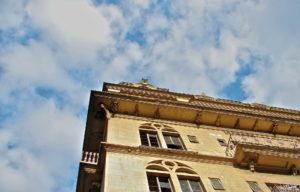
It is always a surprise for buildings, parks and houses to survive such wars as it is almost inevitable that everything will be brought down

As the nation’s first ever world-class marine theme park, Manila Ocean Park is located in Ermita Manila, within the Philippines’ largest urban resort/aqua-themed hotel complex
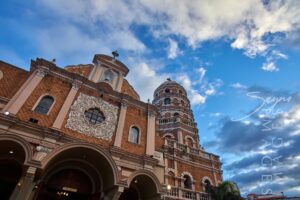
If you’re wandering through the heart of Manila and looking for a place where stories linger and time seems to slow down, Santa Cruz Church

The University of the Philippines Diliman (UP Diliman) is more than just the country’s premier academic institution—it is a historical, cultural, and natural destination worth
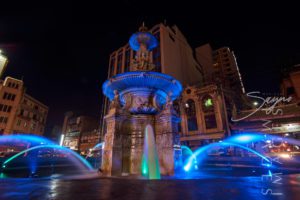
If you’re ever wandering through the lively streets of Manila, one of the city’s must-see spots is the iconic Carriedo Fountain. Nestled in the heart
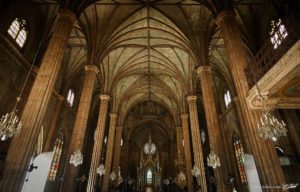
San Sebastian Church is a Roman Catholic Minor Basilica located in Quiapo, Manila. It’s also known as Minor Basilica of San Sebastian or San Sebastian
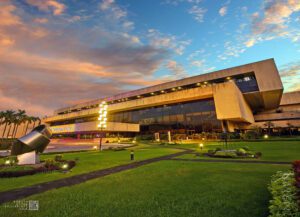
The Philippine International Convention Center (PICC) stands as a monument to the Philippines’ ambition to be a key player on the global stage. With its
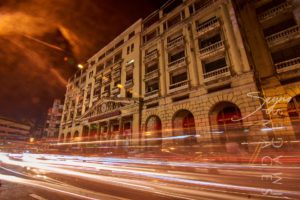
I experienced the vibrant and colorful life of downtown in full. I took some time to appreciate the beauty of Santa Cruz Church and Plaza
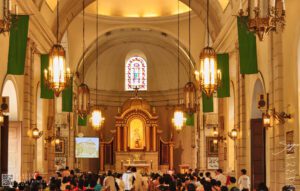
Malate Church stands as a profound symbol of faith, resilience, and artistry, preserving its sacred role and architectural splendor through centuries of triumphs and trials.
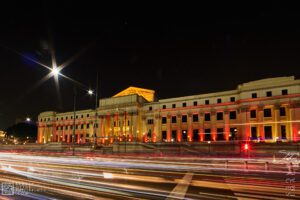
Manila, the vibrant capital of the Philippines, is home to a wealth of cultural and historical landmarks, and among its crown jewels is the National
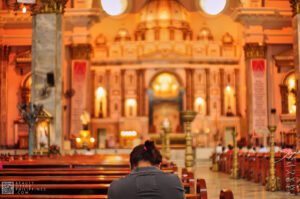
The Binondo Church is a historic church in Manila, located in the District of Binondo, near the Plaza San Lorenzo Ruiz. It was previously called
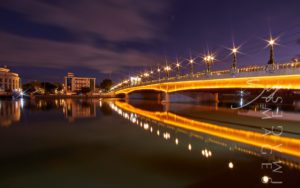
The newly restored Jones Bridge is easily recognizable by its beautifully designed black lamp posts—the same ones that were there when the bridge was first
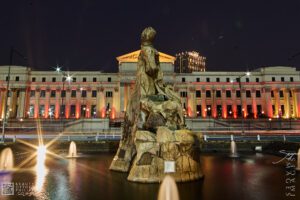
The Gomburza National Monument, located in front of the National Museum of Fine Arts along Padre Burgos Avenue in Manila, stands as a solemn tribute
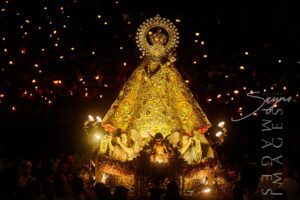
Every October, the vibrant streets of Quezon City come alive with faith, devotion, and rich cultural traditions during the Feast of La Naval de Manila.
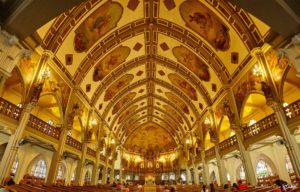
The Manila Abbey San Beda, or formally known as Abbey of Our Lady of Montserrat, is a Benedictine men’s monastery located along the streets of
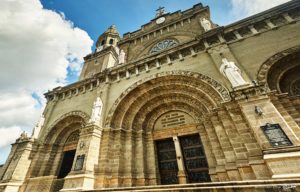
Originally built in 1880, the Manila Cathedral is the current version of the longstanding Church of Manila. It is a masterpiece of architecture that was
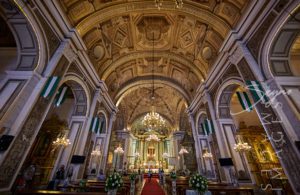
Known as one of the most important baroque churches in the Philippines and as one of the only four baroque churches in the Philippines that
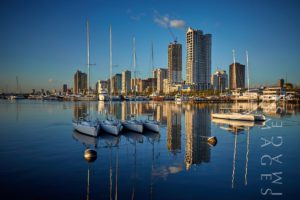
It is considered to be one of the world’s great harbors, the Manila Bay, and it serves as the Port of Manila, Philippines. Having once
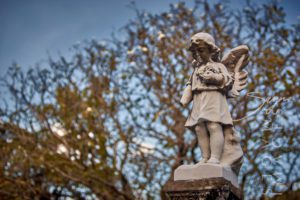
As one of the oldest cemeteries in Manila, Campo Santo De La Loma, commonly referred to as the La Loma Cemetery, is one of the
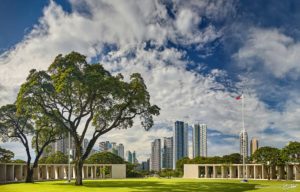
Manila American Cemetery and Memorial is located in the heart of Taguig City on the lands of Fort Bonifacio and serves as the largest grave
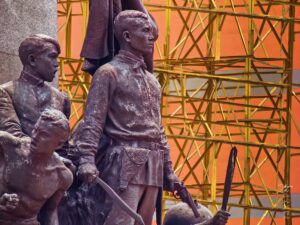
The Bonifacio Monument, also called Bonifacio Monumento or Monumento, proudly stands in Caloocan City, Metro Manila. It is a powerful symbol created by the National
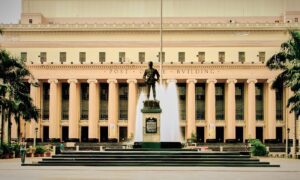
Nestled in the heart of Manila, Liwasang Bonifacio is a place where history, culture, and modern urban life converge. Formerly known as Plaza Lawton, this
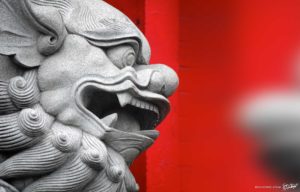
In addition to being considered the oldest Chinatown in the world, Binondo Chinatown is also the center of trade and commerce in Manila City. In

Situated in the heart of Manila, Tutuban Center is more than just a shopping destination—it’s a vibrant mix of history, commerce, and culture that draws
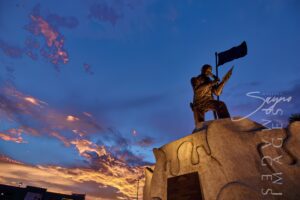
The Andres Bonifacio Birthplace Monument in Tutuban, Divisoria stands as a powerful symbol of Filipino patriotism and a tribute to the courage and leadership of Andres
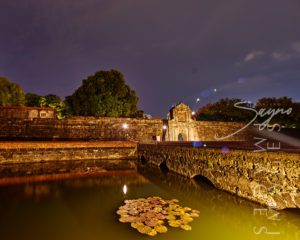
It is also known as the Walled City, and during the Spanish Colonial Period it was synonymous with the city of Manila. Intramuros was also
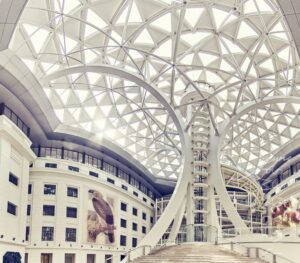
Explore the vibrant tapestry of Manila through its four national museums, each a unique gem in the city’s cultural crown. These four distinguished establishments are
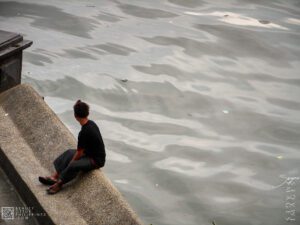
Quezon Bridge, a striking steel arch bridge spanning the Pasig River, is more than just a vital transportation link—it is a historical icon of Manila.
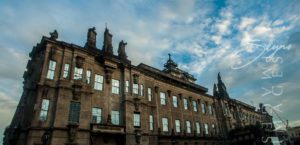
UST, also known as the University of Santo Tomas, is a private Roman Catholic university located in Sampaloc, Manila. It was founded on 28 April
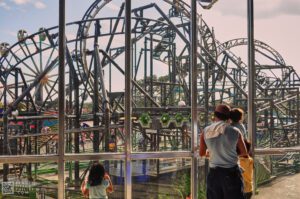
Nestled in the heart of Pasay City within the Cultural Center of the Philippines Complex, Star City stands as one of the premier amusement parks
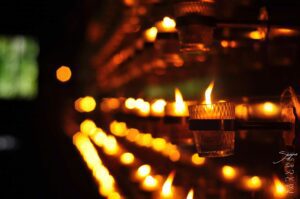
The Padre Pio Chapel, also known as the St. Pio of Pietrelcina Chapel, holds a special place in my heart as a photographer. It revealed
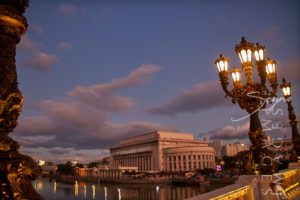
The Manila Post Office, officially known as the Manila Central Post Office, is a distinguished example of neoclassical architecture, originally designed by Juan M. Arellano,
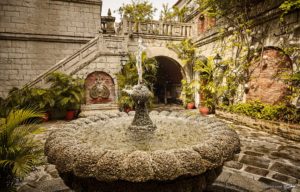
Casa Manila, located in the heart of Intramuros, Manila, is a living museum that transports visitors to the grandeur of the Spanish colonial era. As
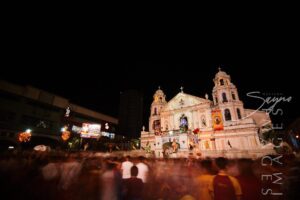
Quiapo, Manila, is home to the historic Quiapo Church, officially known as the Minor Basilica and National Shrine of the Black Nazarene. This revered religious
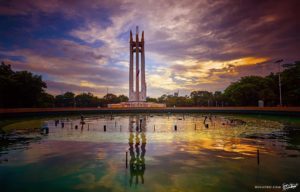
One of Quezon City’s main parks is the Quezon Memorial Circle, which is located in Quezon City and is surrounded by an elliptical road, making

Nestled in the historic district of Ermita, Manila City Hall is more than just the seat of the city’s government—it’s a testament to the rich
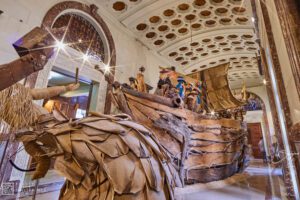
The National Museum of Anthropology, located in the heart of Manila within the National Museum Complex, is a must-visit destination for travelers eager to explore
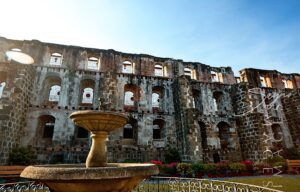
Located within the historic district of Intramuros, Manila, Padre Blanco Gardens—also known as Father Blanco’s Garden—offers a charming and romantic retreat amid centuries-old architecture. This
BROWSE BY CATEGORIES